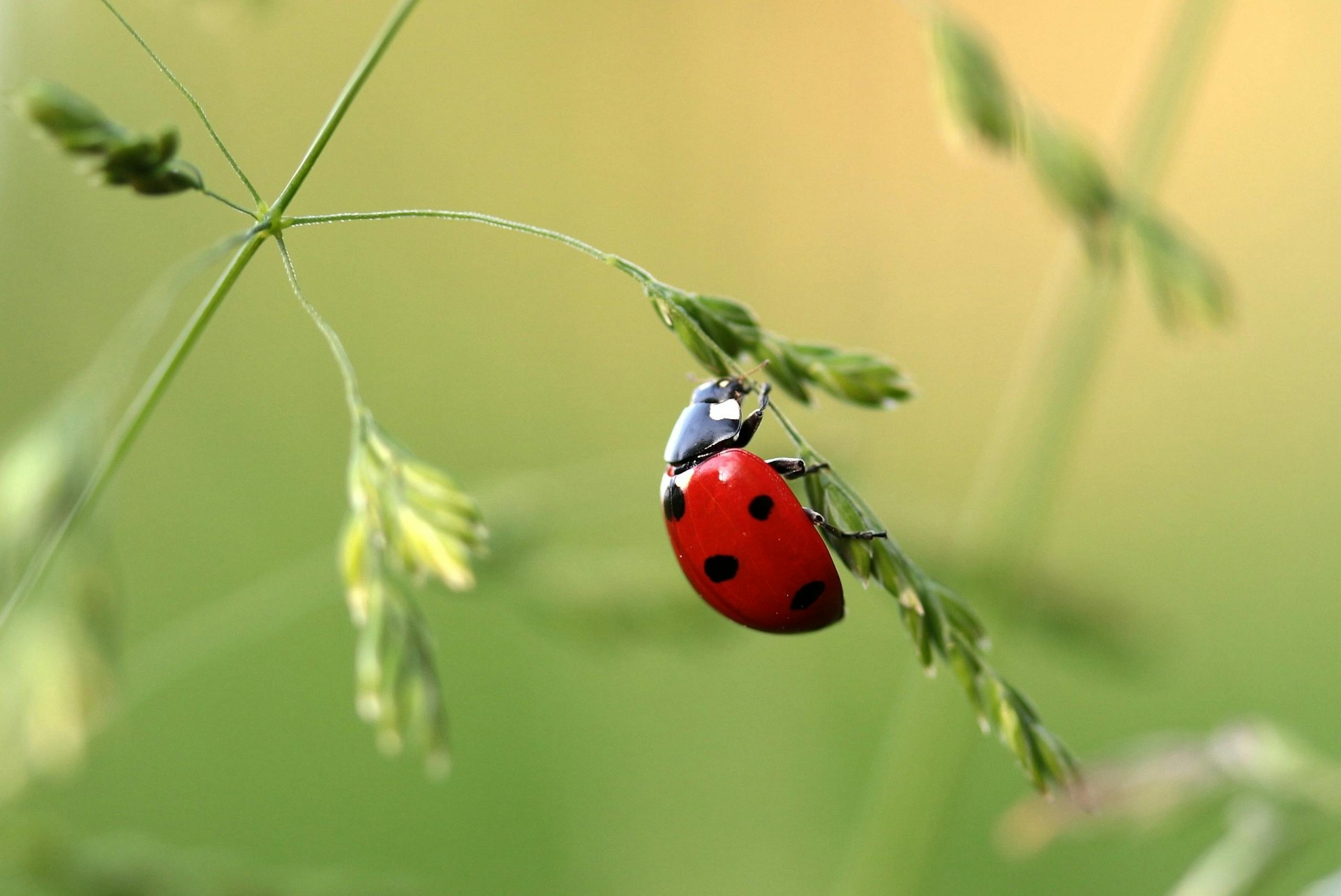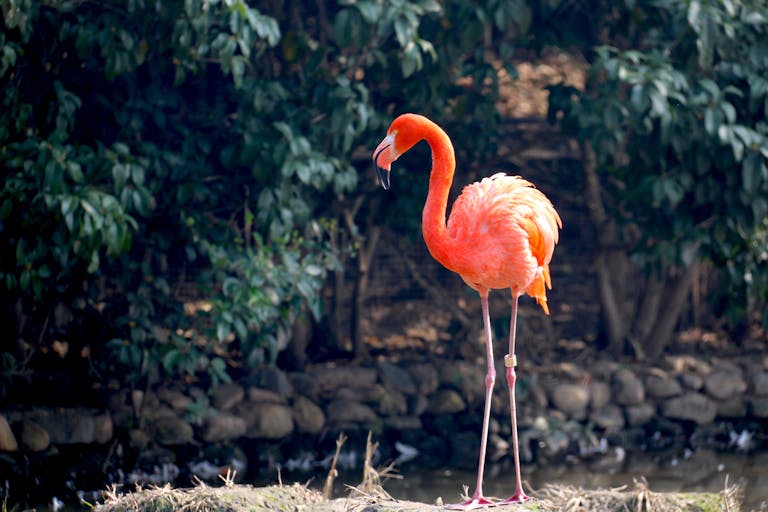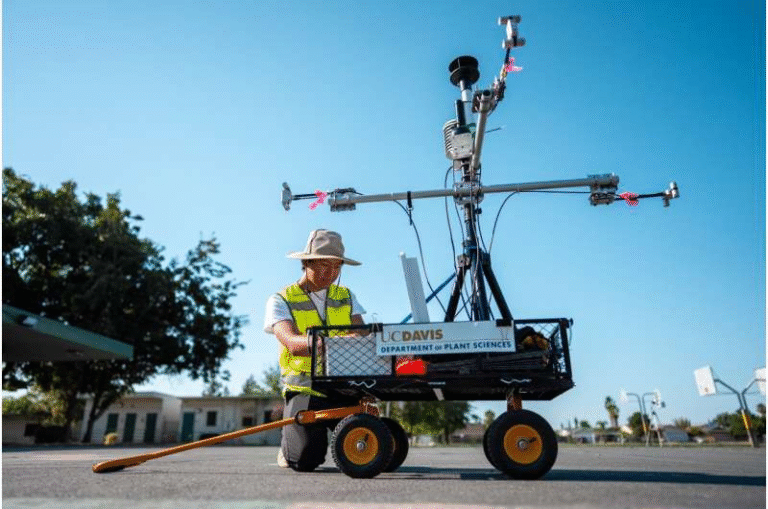Insects Are Vanishing Even in Remote Mountain Meadows: New Study Warns of Climate-Driven Decline

A new scientific investigation has revealed a dramatic drop in insect numbers, even in places that are considered relatively untouched by direct human activity. Conducted by researchers at the University of North Carolina at Chapel Hill, the study shows that flying insect populations in a high-altitude Colorado meadow have declined by more than 70% over the past two decades. The results highlight that climate change alone may be enough to trigger sharp biodiversity losses, even in ecosystems far from cities, farms, or industrial development.
What the Study Found
The research, led by biology professor Keith Sockman, focused on a subalpine meadow in the Rocky Mountains of Colorado. This location was chosen precisely because it has experienced minimal human interference. It’s a landscape often assumed to be safe from the environmental pressures that plague urban and agricultural areas. Importantly, the site has been tracked with 38 years of weather data, making it an ideal natural laboratory.

Between 2004 and 2024, Sockman and his team monitored flying insect populations across 15 field seasons. Using systematic trapping methods, they were able to measure insect abundance over time. The findings are startling: insect populations declined by an average of 6.6% each year, adding up to a 72.4% overall decline over two decades.
The study links this sharp drop directly to rising summer temperatures, especially nighttime lows, which have increased by roughly 0.8°C per decade. Warmer summer nights appear to be especially harmful to insects, which often depend on cooler nighttime temperatures to recover from daytime heat stress.
Why This Matters
Insects are far more than background creatures in an ecosystem. They play critical roles in pollination, nutrient cycling, decomposition, and as food sources for birds, bats, and other animals. When insects decline, the entire ecological balance is at risk.
Mountain ecosystems are particularly vulnerable because they are biodiversity hotspots. They host many species that are uniquely adapted to local conditions and found nowhere else. If insects disappear at this scale, entire food webs in these habitats could destabilize, putting plants, animals, and even water quality at risk.
The findings are especially troubling because they suggest that insect declines cannot be explained only by human land use or pesticides. Even in places free from agriculture, pollution, or heavy development, insects are still vanishing. This points strongly to climate change—and specifically, warmer summers—as a central driver of biodiversity loss.
Other Possible Factors Considered
While warming summers emerged as the strongest predictor of insect decline, the study does not rule out other influences. Sockman noted that ecological processes like succession—long-term shifts in vegetation—could play a role. Over decades, plant communities change, which in turn affects the insects that depend on them.
Additionally, nitrogen and carbon deposition from the atmosphere, carried long distances from human activities, could be affecting even remote landscapes. Although the Colorado meadow is not directly surrounded by farms or cities, it is not immune to the indirect effects of human-driven environmental change.
How the Research Was Conducted
To reach these conclusions, the study used an information-theoretic modeling approach, testing 59 combinations of weather-related variables. This method allowed the researchers to determine which environmental factors best explained the observed trends in insect abundance.
The clearest signal was that as summers grew hotter—especially at night—what once were seasons of insect population growth shifted into seasons of decline. In other words, insects that might have flourished in cooler past decades are now struggling simply to survive.
Why Mountain Meadows Are Important
High-altitude meadows like the one studied are often thought of as refugia—safe havens for biodiversity, buffered by their remoteness. Because they are far from farms, highways, and cities, many scientists have hoped they could act as strongholds for species in an era of biodiversity loss.
But this study shows that assumption may no longer hold true. Climate warming reaches everywhere, including the most remote mountain valleys. With ecosystems warming faster at higher altitudes in many regions, insects in mountains may face even greater risks than those in lowland areas.
Global Context of Insect Decline
This new research adds to a growing body of evidence showing that insect populations are in steep decline across the world.
- North America and Europe have seen reports of drastic insect losses, particularly in areas impacted by agriculture and urban development.
- Studies in Germany found insect biomass in protected nature reserves had dropped by more than 75% over 27 years.
- In the tropics, deforestation combined with climate shifts is threatening insect diversity at alarming rates.
What sets the Colorado study apart is its focus on an ecosystem with little direct human disturbance. Most past research has looked at habitats already heavily altered. The fact that sharp declines are still happening in untouched mountain meadows underscores that no ecosystem is safe from climate change.
The Bigger Picture: Why Insects Matter for Everyone
It’s easy to overlook insects because many of them are small, quiet, or even considered pests. But their disappearance has major implications for both ecosystems and humans.
- Pollination: Around three-quarters of flowering plants—including many crops—depend on insects for pollination.
- Food webs: Insects provide food for countless animals, from birds to fish. Declines in insects could mean cascading declines in other species.
- Nutrient cycling: Insects help break down organic matter, recycle nutrients, and maintain soil health.
- Pest control: Many insects keep other pest populations in check naturally. Without them, harmful species could surge.
Simply put, insects are the backbone of terrestrial ecosystems, and losing them threatens ecosystem services humans rely on every day.
Could the Results Be Broader?
One limitation of the study is that it focused on a single site and primarily on flying insects. Ground-dwelling insects or non-flying arthropods were not included. Nor did the research directly measure insect species richness, focusing instead on overall abundance.
Still, the long-term dataset and strong connection to temperature make the results compelling. Other mountain habitats around the world may be experiencing similar declines, and more monitoring is urgently needed to find out.
Looking Ahead
The study raises an urgent question: if insects are disappearing even from remote mountain ecosystems, where can they survive? If climate change continues unchecked, refuges may become increasingly rare.
Sockman and other researchers argue that long-term monitoring programs are vital to detect these changes. Short-term studies might miss broader trends, but decade-scale research is revealing alarming shifts that would otherwise remain hidden.
For conservationists and policymakers, this means that climate change must be addressed as a central driver of biodiversity loss, not just habitat destruction or pollution. Protecting insects—and the ecosystems they support—will require strategies that directly confront rising global temperatures.
Additional Insights on Insects and Climate
To better understand why warming summers are such a problem for insects, it’s worth looking at their biology:
- Temperature regulation: Most insects are ectothermic, meaning they rely on external temperatures to regulate their body functions. Warmer nights limit their recovery periods, leading to stress and reduced survival.
- Reproduction cycles: Insects often time their life cycles to seasonal cues. Disruptions in temperature can shift emergence patterns, leaving them mismatched with food sources or mating opportunities.
- Habitat compression: In mountains, insects adapted to cooler conditions may be forced higher and higher in elevation as temperatures rise. Eventually, they run out of suitable habitat.
- Interactions with plants: Many insects depend on specific plants. Climate-driven changes in flowering times or vegetation structure can cause mismatches that reduce insect survival and reproduction.
Conclusion
The new study from UNC-Chapel Hill paints a sobering picture: a 72% decline in flying insect populations over just 20 years in a Colorado mountain meadow. The strongest factor linked to this loss is warming summer temperatures, particularly rising nighttime lows.
Even ecosystems thought to be safe havens are showing steep declines, warning us that climate change is reshaping biodiversity on a global scale. While other factors like succession and atmospheric deposition may contribute, the evidence points squarely at the climate crisis as the main driver.
This research underscores the urgency of not only protecting habitats but also tackling climate change directly. Insects are essential for healthy ecosystems, and their loss threatens stability across the natural world.
Research Reference: Long-term decline in montane insects under warming summers – Ecology (2025)





